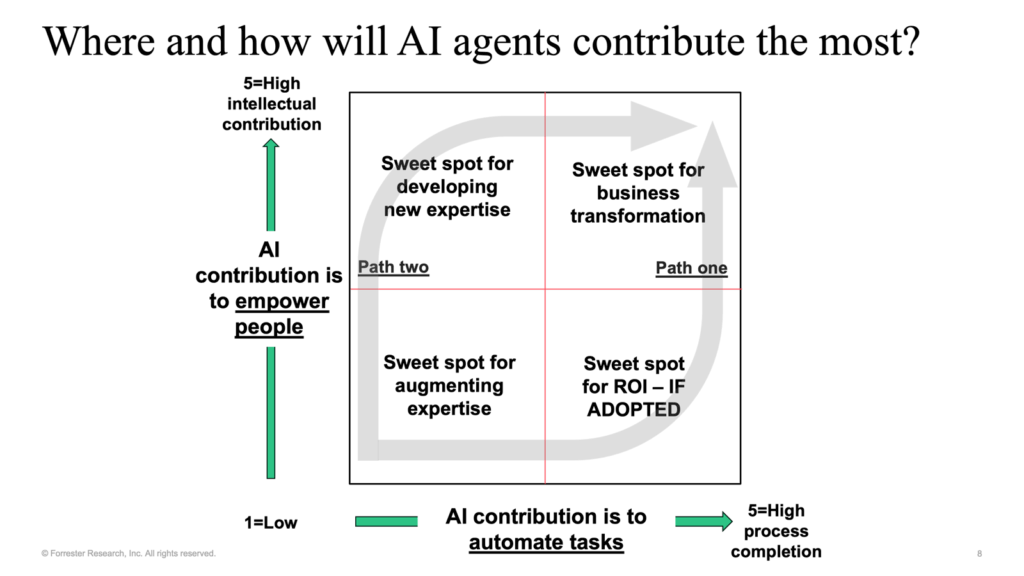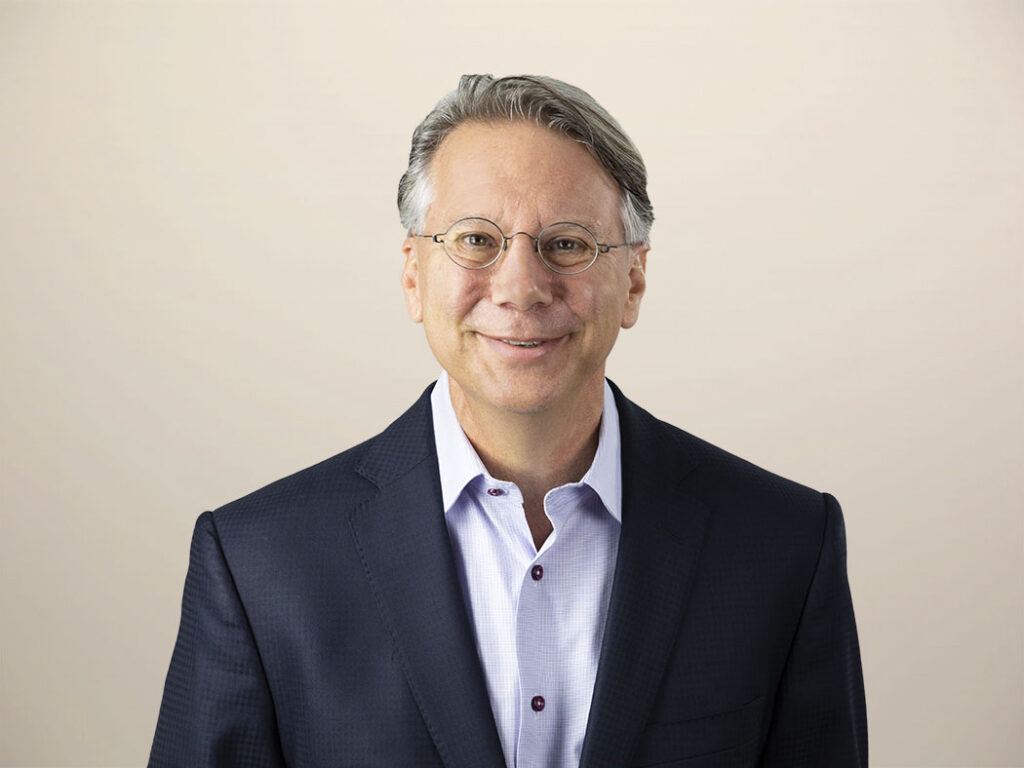MIT’s 2025 CIO Symposium: For AI Success, Follow Path Two
At the MIT Sloan CIO Symposium in Cambridge, Massachusetts last week, MIT Nobel Prize-winning economist Daron Acemoglu painted it in black and white. He said that technology can take two paths:
- Path one is using technology to automate tasks that people once did. We’ve been doing that for centuries. Silicon Valley loves it. Business managers love it. Take out cost by replacing people with machines — it’s inevitable. But no company ever saved their way into the history books. Automation: necessary but not interesting.
- Path two is using technology to make people more successful. That’s what Henry Ford did. It’s what Apple did. It’s what Schwab did for investors. It’s what Google did, what Facebook did, and what Amazon did. Those companies are in the history books. Empowerment: setting the bar for innovation expectations.
AI has stared down these paths since its inception in the 1950s. Path one uses AI to automate tasks. The Turing machine’s test created in 1950 by Alan Turing is simple: Can the machine fool you into thinking that it’s a person? Artificial “intelligence”? Forsooth. Intelligence is a human trait. Daron called that path “automation technologies.” Artificial general intelligence is a natural goal for this camp. Who needs people when I have a genius in the cloud? (Sound familiar?)
Alternatively, some scientists in that era argued that AI should augment human expertise. Daron called it “human-complementary technology”: Use technology to make people more successful, and give them the expertise to move forward with confidence. He referenced a famous paper by J. C. R. Licklider called “Man-Computer Symbiosis.” Replace “man” with “human,” and I think it reads as well today as in 1960.
You can tell which one of these paths Daron prefers — me, too (see the figure). Here’s how I’ve been thinking about the notion of harnessing AI for good, and for good business: Empower customers with the expertise they need on demand. Give people an expert assistant to do things for them. Help people feel more confident in making decisions and adept in taking action. Make the machine a symbiotic resource for people, not something that strips them of agency.
Follow path two if you want to be in the history books. (You’ll get to the same place as path one, maybe even faster, because you’ll have people on your side.) It is this approach that will change the world.
Much of the conversation at the event was about risk security but also replacing people with machines and focusing on scaling adoption, which effectively means replacing people faster. Some speakers, such as CIOs Dimitris Bountolos (Ferrovial), Monica Caldas (Liberty Mutual Insurance), and Bill Pappas (MetLife), talked more about making people successful with AI than they did about replacing people with AI. We applaud the difference.

